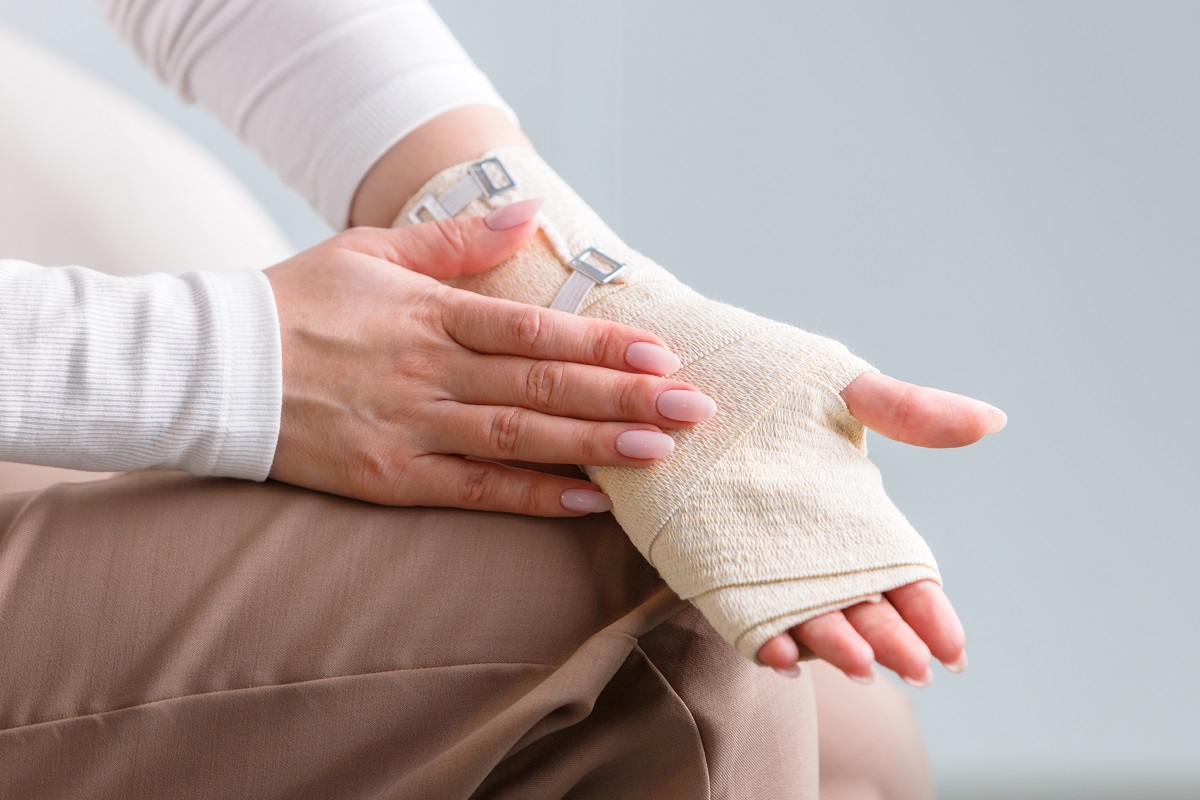
Bandages are more than just simple strips of fabric or adhesive. They play a crucial role in first aid, helping to protect wounds, stop bleeding, and promote healing. But did you know that bandages have a rich history and come in various types? From ancient Egyptians using honey-soaked linen to modern waterproof versions, bandages have evolved significantly. Understanding bandages can help you make better choices when treating injuries. Whether you're curious about their history, types, or fun facts, this blog post will cover 26 fascinating tidbits about these essential medical supplies. Ready to learn more? Let's dive in!
The Origin of Bandages
Bandages have been around for centuries, helping people heal from wounds and injuries. Here are some fascinating facts about their history and development.
- Ancient Egyptians used linen bandages to wrap wounds and mummify bodies.
- The Greeks and Romans also used bandages, often soaked in wine or vinegar to disinfect wounds.
- In the Middle Ages, bandages were made from whatever materials were available, including cloth, leaves, and even spider webs.
- The word "bandage" comes from the French word "bande," meaning strip.
Modern Bandage Innovations
Bandages have come a long way since ancient times. Modern technology has brought about significant improvements.
- The first adhesive bandage, known as Band-Aid, was invented in 1920 by Earle Dickson, a Johnson & Johnson employee.
- Waterproof bandages were introduced in the 1950s, allowing people to keep wounds dry while bathing or swimming.
- Hydrocolloid bandages, which promote faster healing by keeping wounds moist, were developed in the 1980s.
- Some bandages now contain antimicrobial agents to prevent infection.
Fun Facts About Bandages
Bandages are not just practical; they can also be fun and interesting. Check out these quirky facts.
- Band-Aid brand bandages come in over 100 different designs, including popular characters like Mickey Mouse and Spider-Man.
- The world's largest bandage was created in 2003 and measured over 8 feet long and 1 foot wide.
- Some bandages are designed to change color when they detect an infection.
- There are even bandages that glow in the dark!
Bandages in Pop Culture
Bandages have made their mark in movies, TV shows, and even fashion. Here are some examples.
- The character of the Invisible Man, created by H.G. Wells, is often depicted wearing bandages to cover his invisible face.
- Bandages have been used as a fashion statement by celebrities like Lady Gaga and Michael Jackson.
- In the movie "Home Alone," Kevin McCallister uses bandages to treat his minor injuries.
- Bandages are a common sight in superhero movies, often used to show characters recovering from epic battles.
Unusual Uses for Bandages
Bandages are not just for wounds. People have found creative ways to use them in everyday life.
- Some people use bandages to prevent blisters on their feet when wearing new shoes.
- Bandages can be used to cover small tattoos during the healing process.
- They can also be used to secure loose buttons or hold glasses together temporarily.
- In a pinch, bandages can be used as makeshift bookmarks.
Bandages in Medicine
Bandages play a crucial role in medical treatments and first aid. Here are some important facts.
- Compression bandages are used to treat conditions like varicose veins and deep vein thrombosis.
- Elastic bandages, also known as ACE bandages, are commonly used to support sprains and strains.
- Sterile bandages are essential for covering surgical wounds to prevent infection.
- Some bandages are designed to release medication over time, providing continuous treatment to the wound.
Environmental Impact of Bandages
As with many products, bandages have an environmental footprint. Here are some things to consider.
- Traditional bandages are often made from non-biodegradable materials, contributing to landfill waste.
- Eco-friendly bandages made from biodegradable materials like bamboo and organic cotton are becoming more popular.
Bandages: More Than Just a Quick Fix
Bandages have a rich history and serve many purposes beyond just covering wounds. From ancient Egyptians using honey-soaked linen to modern adhesive strips, these simple tools have evolved significantly. They come in various forms, like liquid bandages, hydrocolloid dressings, and even smart bandages that monitor healing. Each type has its unique benefits, catering to different needs and injuries.
Understanding the different types and their uses can help you make better choices for wound care. Whether it's a minor cut, a blister, or a more severe injury, there's a bandage designed to help. Knowing these facts can make you more prepared for everyday mishaps.
So next time you reach for a bandage, remember it's more than just a quick fix. It's a small but mighty tool with a fascinating history and a crucial role in healthcare.
Was this page helpful?
Our commitment to delivering trustworthy and engaging content is at the heart of what we do. Each fact on our site is contributed by real users like you, bringing a wealth of diverse insights and information. To ensure the highest standards of accuracy and reliability, our dedicated editors meticulously review each submission. This process guarantees that the facts we share are not only fascinating but also credible. Trust in our commitment to quality and authenticity as you explore and learn with us.
